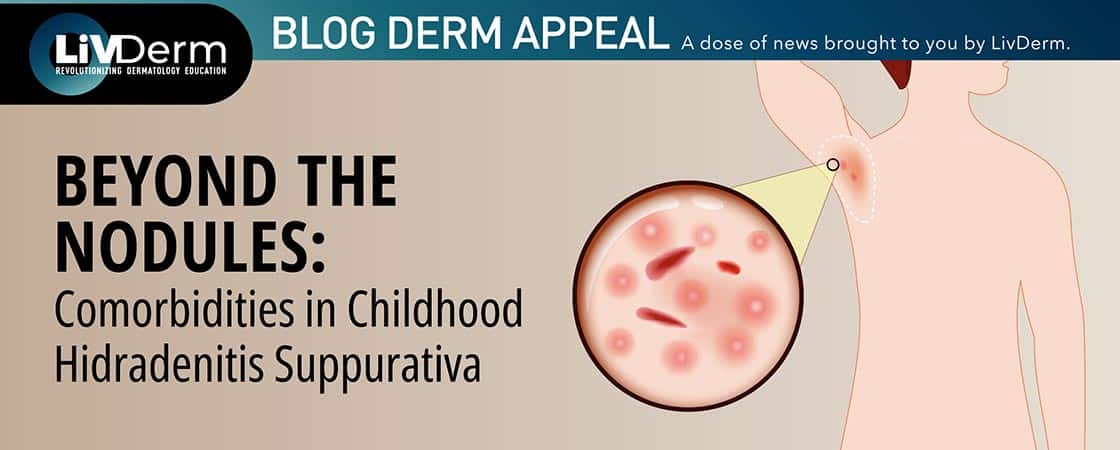It’s not the first time benzene has found its way into the news. In 2021, several sunscreens were recalled due to benzene contamination. This was closely followed by the recall of various antiperspirants and antifungals. More recently, shampoos have found their way onto this recall list.
Benzene is classified as a human carcinogen, with previous studies having linked this hazardous substance to such diseases as leukemia. The risks associated with benzene have previously been stressed by Valisure, an independent drug quality and safety company. In May 2021, Valisure put forward a citizen’s petition to the U. S. Food and Drug Administration (FDA). This came after they analyzed 295 unique batches of sunscreen, which included 69 brands of sunscreen and aftercare products. They found 78 had detectable benzene, 26 at a level of 0.1 ppm – 2.0 ppm, and 14 had benzene at a level greater than 2 ppm. Naturally, the results of this analysis garnered a lot of attention.
During the recent South Beach Symposium (SBS), expert dermatologist and SBS planning committee member Christopher G. Bunick, MD, discussed these findings in more detail.
In his presentation entitled “Putting Skincare Products Under the Microscope,” Dr. Bunick highlighted a number of studies that point to the high risks associated with benzene, including a study conducted by Martyn T. Smith. This study reported, “There is probably no safe level of exposure to benzene, and all exposures constitute some risk in a linear, if not supralinear, and additive fashion.”
Dr. Bunick referenced another study that examined the relationship between benzene exposure and leukemia risk. The authors found that “Exposure intensity in the highest exposed job was strongly related to leukemia risk, with the increase starting at around 0.8-1.6 ppm and with those in the highest exposure category being nearly 20 times more likely to develop leukemia than those who were unexposed.”
Using 1.6 ppm from the above study as a reference point, Dr. Bunick put this data into perspective. If the subjects in the study saw increased risk at just 0.8-1.6 ppm, what does that say about the sunscreens containing 2 ppm or above?
At the time of the Valisure FDA citizens petition in 2021, Dr. Bunick posed the following questions, and he reiterated them during his SBS session.
It’s a weighty question, and there are opinions from all sides.
Even though the FDA classes benzene as a class 1 solvent, Dr. Bunick states, “The FDA has not actually set clear guidelines or limits for exposure to benzene.”
Drawing on his own experience, he revealed to the SBS audience the advice he gives to his patients,
“I tell my patients that absolutely sunscreens are needed. Sunscreens are safe. Sunscreens are necessary to prevent skin cancer. It’s the right thing to do. However, if you’re going to choose a sunscreen, look up Valisure Appendix A (which details which sunscreens are benzene free), and go with that, and you can have peace of mind. I think that the contamination is not just sunscreens; it’s all these personal healthcare products, and the point is that we need to understand it more. There is clearly a lack of really good studies to understand what’s happening, what's in the blood, and what the long-term implications are. I think this is something we need to be aware of and advise our patients a proper way.”
Dr. Bunick
You can tune in to Dr. Bunick’s full SBS presentation below.
- South Beach Symposium 2022. Putting Skincare Products Under the Microscope. Dr. Christopher Bunick
- Glass, Deborah C., Gray, Christopher N., Jolley, Damien J., Gibbons, Carl, Sim, Malcolm R., Fritschi, Lin, Adams, Geoffrey G., Bisby, John A., Manuell, Richard. Leukemia Risk Associated With Low-Level Benzene Exposure. Epidemiology. 2003(14)5:569-577 https://journals.lww.com/epidem/fulltext/2003/09000/leukemia_risk_associated_with_low_level_benzene.11.aspx
- Smith MT. Advances in understanding benzene health effects and susceptibility. Annu Rev Public Health. 2010;31:133-48 2 p following 148. https://www.ncbi.nlm.nih.gov/pmc/articles/PMC4360999/

















